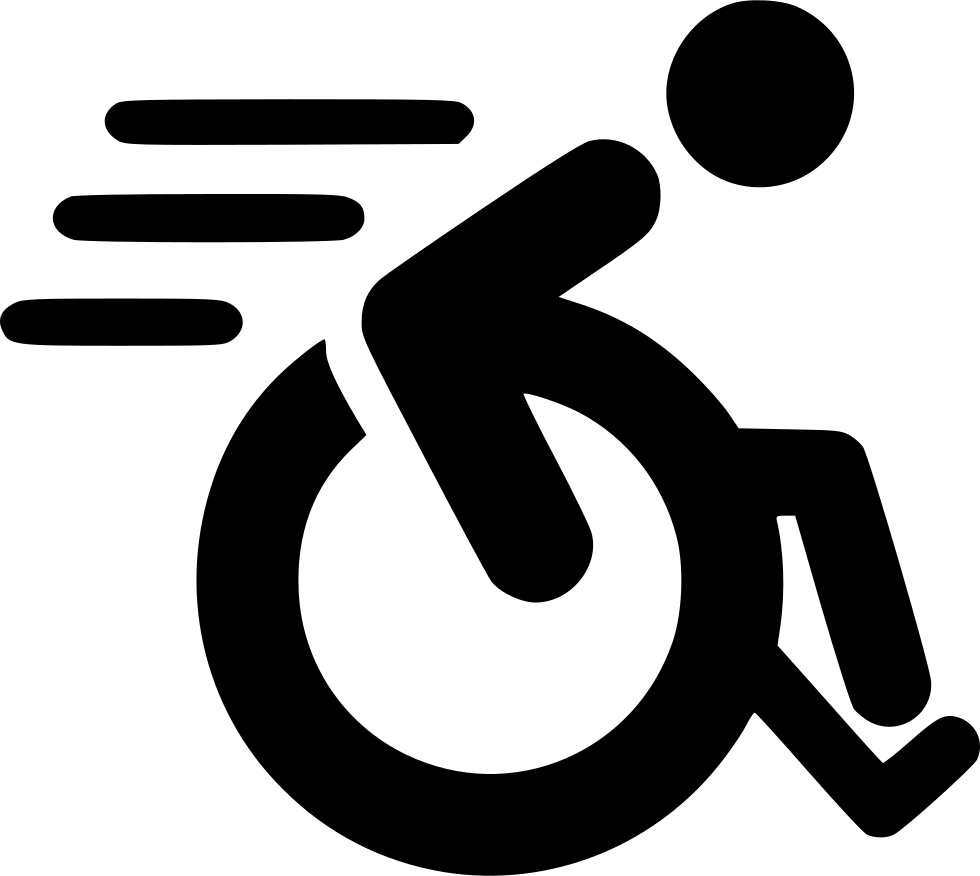Educational Articles
-
Cefovecin (brand name: Convenia®) is a cephalosporin antibiotic used off label in cats and dogs for skin infections, periodontal disease, and urinary tract infections. It has also been used as a part of outpatient treatment for parvovirus and other bacterial infections. Cefovecin is given by injection under the skin.
-
Cefpodoxime is a third-generation cephalosporin antibiotic used to treat skin infections in dogs. It is also used off-label in cats and to treat other types of infection. It is given orally in tablet or liquid form. Side effects are uncommon.
-
Cephalexin (brand names Rilexine®, Keflex®, Vetolexin®) is an oral antibiotic used to treat pyoderma and other bacterial skin infections in dogs and is used off label (extra-label) in cats, horses, ferrets, reptiles, and birds to treat pyoderma and some other skin infections. It is sometimes used off label (extra label) to treat some urinary tract infections in cats and dogs.
-
Ceramides are naturally occurring lipid (fat) molecules that make up a large portion of the outer skin layer. Ceramide skin care products are available as over-the-counter veterinary products in various topical forms. They are used to help manage skin conditions in dogs, cats, and other animals. Your veterinarian is the best source of information about the safety of non-drug health products in pets.
-
The intervertebral discs allow movement in the spine and act as shock absorbers between the vertebrae. If the disc degenerates or is damaged in some way, the disc may bulge and put pressure on the spinal cord and/or the roots of the spinal nerves that come off the sides of the spinal cord. This pressure can cause symptoms ranging from severe pain to weakness to paralysis.
-
Cetirizine (Zyrtec®, Reactine®) is an antihistamine used off label to treat and prevent pruritus (itching) associated with atopic dermatitis, urticaria (hives), and insect bite reactions in cats and dogs. It may also be used for respiratory allergy symptoms.
-
This handout summarizes Chagas disease in dogs. Caused by a protozoal parasite called Trypanosoma cruzi, it is spread by the bite of infected insects or ingestion of infected insects and rodents. The clinical signs of the condition, along with its treatment, prevention, and risk to human health are outlined.
-
Chemotherapy is the therapeutic use of chemical agents to destroy or inhibit the growth and division of cancer cells. Usually, chemotherapy is used when tumors are widespread or when there is significant or immediate risk of spread from the primary location. It is often used following the surgical removal of tumors. In some cases, chemotherapy is started prior to surgery. The side effects of chemotherapy are related to the effects of chemotherapy on normal -as well as cancerous- cells. The principal goal of cancer care in pets is to provide cancer control without reducing quality of life.
-
Chloramphenicol (brand names Chloromycetin®, Viceton®) is a broad-spectrum antibiotic used to treat many different bacterial infections in many species. Chloramphenicol comes as tablets, capsules, liquid suspension, and in an injectable form (chloramphenicol sodium succinate). Injectable forms will be administered by your veterinarian.
-
Chlorfenapyr poisoning is suspected if a pet has access to this pesticide and subsequently develops expected signs; it should also be suspected in a pet exhibiting signs and at risk of malicious poisoning. Pets that develop clinical signs following chlorfenapyr ingestion are unlikely to survive and chronic complications may be present for survivors.


